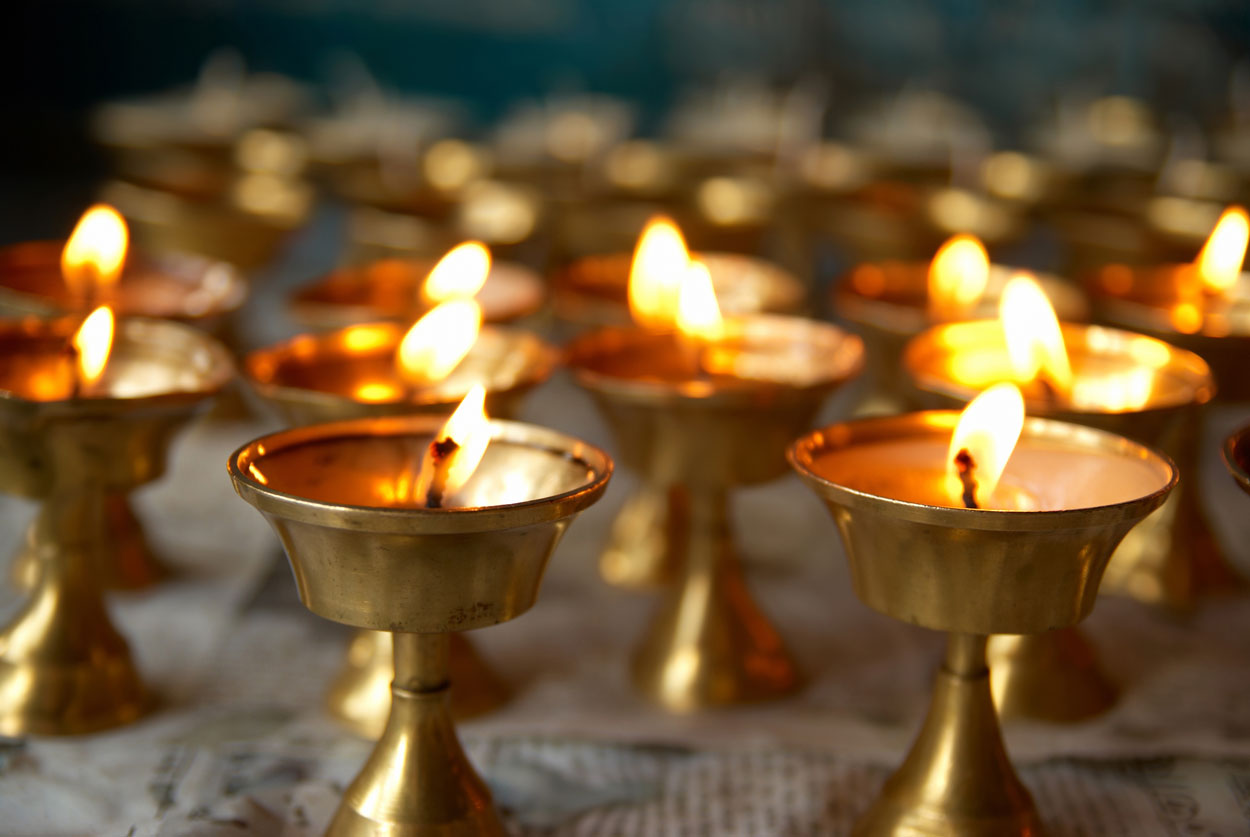Virtual Pilgrimages: A New Frontier for Inclusive Spirituality

On 16 July 2020, the Sanctuary of Our Lady of Lourdes, which had been closed due to the pandemic, chose to become “the site of a virtual pilgrimage among millions of people connected online” (Vatican News, 16 July 2020), broadcasting fifteen hours of live celebrations, processions, rosaries, and prayers in ten languages. The Lourdes United project, still accessible on the sanctuary’s official website, formed part of a broader and involuntary transformation in the expression of popular piety, brought about by the inability to meet the spiritual needs of the thousands who each year journey to the major Christian sanctuaries. A few months earlier, at the outset of the pandemic, Pope Francis had granted the possibility of obtaining a plenary indulgence to those who followed the prayer for an end to the contagion, broadcast via streaming. While the papal initiative was an occasional gesture, the action taken by the Lourdes sanctuary profoundly transformed the spirituality associated with pilgrimage, in both an ecumenical and inclusive sense. The French sanctuary was among the first to fully embrace the concept of the virtual pilgrimage, later followed by others, most notably Santiago de Compostela. Both sanctuaries now offer millions of people around the world the opportunity to connect spiritually, overcoming geographical barriers as well as physical and economic limitations.
However, concerns have been raised about this approach, which eliminates one of the foundational elements of "setting out on a journey"—namely, the physical effort involved in travel. Among the most widely acknowledged benefits is the commitment to making the sanctuary universally accessible. The most revolutionary aspect lies in the willingness and capacity to include a broad spectrum of participants who, for various reasons, are unable to reach the sanctuaries in person. The intended beneficiaries of this type of initiative—one of the most independent from the wider phenomenon of religious tourism that has shaped pilgrimage travel in recent decades—are diverse, with inclusivity as its central aim: individuals with disabilities who cannot overcome physical barriers; those unable to afford the relatively high costs or to dedicate several weeks to travel; and those who have already completed their pilgrimage but seek to remain engaged in a shared spiritual environment.
Online pilgrimage has also offered many individuals a more intimate and personal connection with the divine, while simultaneously fostering a kind of global community. This has been made possible through the exchange of intentions and experiences among the faithful from different parts of the world, enabling the overcoming of linguistic and cultural barriers. It is particularly valued by those who, in line with the reflections expressed by Pope Francis in 2015 and 2023, are prompted to contemplate—either individually or as a community—the urgency of the climate crisis, and who sometimes choose not to travel in order to minimise their environmental impact.
At the same time, this experience has generated considerable perplexity within the community of believers, particularly in relation to the virtual offerings of sanctuaries that have traditionally associated spiritual fulfilment with the physical effort of pilgrimage, regarded as a means of purification. Concerns have intensified, especially following the launch of the “¡Buen Camino!” project within the Google Arts & Culture portal https://artsandculture.google.com/project/caminos-de-santiago. This tool, developed on the occasion of the Jacobean Holy Year 2021–2022 to offer “a journey for the mind, body, and soul,” has sparked a series of debates regarding the appropriateness of detaching participation in the Compostela pilgrimage from the physical and sensory experience that has defined it over the centuries. In reality, the project is divided into two distinct sections. The first is intended for those who either choose not to, or are unable to, embark on the journey, and are instead guided through the pilgrimage via podcasts, music, and natural or architectural imagery of particular emotional resonance. The second is directed at those who do intend to undertake the journey, with a particular focus on issues of diversity and inclusivity, highlighted in sections such as The Path of Diversity and The Camino de Santiago without Borders. In any case, concerns have been repeatedly raised about the potential loss of the sense of sacrifice traditionally associated with pilgrimage, alongside the tangible risk of trivialising the spiritual experience.
It is worth noting that the group of users engaging with the online pilgrimage experience does not, to date, appear to entirely overlap with those who undertake physical pilgrimage routes. The most recent statistics, compiled by individual sanctuaries or local tourism authorities, indicate a significant increase in visitor numbers across major pilgrimage destinations, even outside specific celebratory contexts. At present, the virtual pilgrimage experience does not appear to have diminished interest in physical pilgrimage; rather, it appeals to a distinct audience, while simultaneously revealing unexpected potential for connecting the faithful with sacred places and with one another. It offers a valid and inclusive alternative, expanding access to spirituality for many. Experts in the tourism sector, partly echoing the views of both national and pontifical ecclesiastical authorities, foresee the growing development of a hybrid model of pilgrimage, marked by high levels of inclusivity and an increasing desire to experience the journey physically, even if only in a limited way, through digital means.

